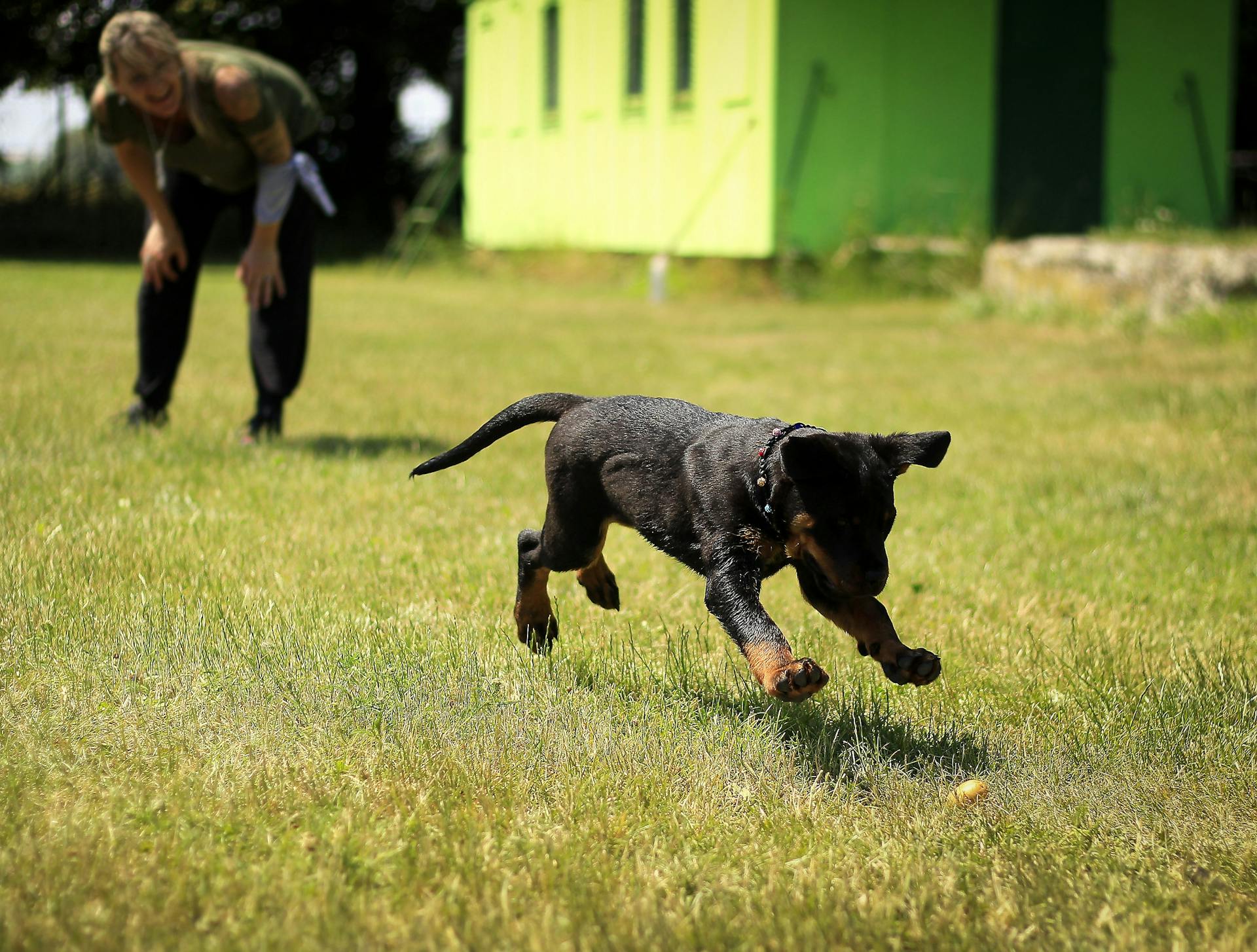
The Black Plott Hound is a rare and unique breed that's sure to capture your heart. Originating in the United States, this breed has a rich history dating back to the 18th century.
Their distinctive black coat is a result of a genetic variation that's separate from the standard Plott Hound color. This variation is caused by a recessive gene that's responsible for the black coloration.
Black Plott Hounds are known for their exceptional tracking abilities, making them a popular choice for hunters. Their keen sense of smell and strong prey drive allow them to track scents with ease.
As a relatively small breed, Black Plott Hounds typically weigh between 45-60 pounds and stand between 20-24 inches tall at the shoulder.
Care and Health
Black Plott hounds are smart and energetic, requiring lots of daily activity to be happy and well-adjusted.
Their grooming needs are basic, but regular ear cleaning is crucial to prevent infections. You should inspect their ears regularly and clean any debris or ear wax with soft gauze if needed.
A Plott hound's smooth, short coat is pretty low-maintenance, but some regular brushing and nail clipping are necessary. A bath every once in a while is also sufficient when they get dirty.
Plott hounds are intelligent and eager to please, making them easy to train with consistency and positive reinforcement. They can get bored if you continue to do the same thing over and over without giving them something to change it up.
Their powerful sense of smell can sometimes work against you, making them intensely curious about scents and distracting them while on walks. It's essential to keep them on a leash to prevent this.
Here are some common health issues to be aware of:
- Hip dysplasia: A condition where the hip socket is abnormally formed, causing a crippling lameness. It's more common in larger dogs and can be treated with physical therapy, medicines, and surgery.
- Bloat: A life-threatening condition where gas in the stomach twists the organ and cuts off circulation. Recognizing the symptoms and getting your dog to the vet as soon as possible is crucial.
- Ear infections: These can develop in the outer ear and progress to the inner ear. Symptoms include odor from the ear, blood on the ear, a head tilt, and scratching at the ear.
Overall, the Plott hound is a generally healthy breed, but being aware of these potential health issues will help you provide the best care for your black Plott hound puppy.
Exercise and Nutrition
Black Plott Hound puppies are naturally energetic and need plenty of exercise to stay happy and healthy. They require at least an hour of heart-pumping exercise every day.
You can break this up into walks or trips outside as you want, but try to keep to an hour or more each day. Without enough exercise, they're likely to vent their frustrations with destructive behaviors, like chewing or digging.
Feed your Plott Hound a high-quality dog food that's suited to their particular age, activity level, and size. Aim for a top-notch dry food with protein content between 18% to 22% for an adult Plott, with puppies needing 25% to 30% to fuel their growing bodies.
Exercise Needs
Plott hounds need at least an hour of exercise every day to stay happy and healthy. This can be broken up into walks or trips outside as you want, but try to keep to an hour or more each day.
A bored Plott hound without an outlet for their energy might become destructive or engage in other undesirable behaviors, so make sure to provide plenty of exercise.
If this caught your attention, see: When Is National Boston Terrier Day

Long walks, running, cycling, and play sessions are great ways to burn some of this breed's energy. Dog sports, such as tracking and agility, can provide mental and physical challenges.
Puzzle toys can help to provide mental stimulation as well. Make sure to keep your Plott hound on a leash or in a securely fenced area when outdoors, as their high prey drive can cause them to take off running after perceived prey.
If you're just outdoors to hike, it's best to keep your Plott hound on a lead, as they'll likely go hunting and may not come back to you right away. They're excellent swimmers, too, and love exploring nature.
Plott hounds are big dogs that live for the outdoors and need plenty of activity, so they're best suited for homes with lots of room and outside access. They make wonderful house pets, but they do require a lot of exercise.
Regular, thorough exercise is a must for Plott hounds, and if you're not actively hunting with your dog, you'll need to make sure they have plenty of space in a securely fenced yard, regular walks, and mentally stimulating physical activities, like games of fetch and tug-of-war.
For another approach, see: When Is Best to Breed a Dog
Diet and Nutrition
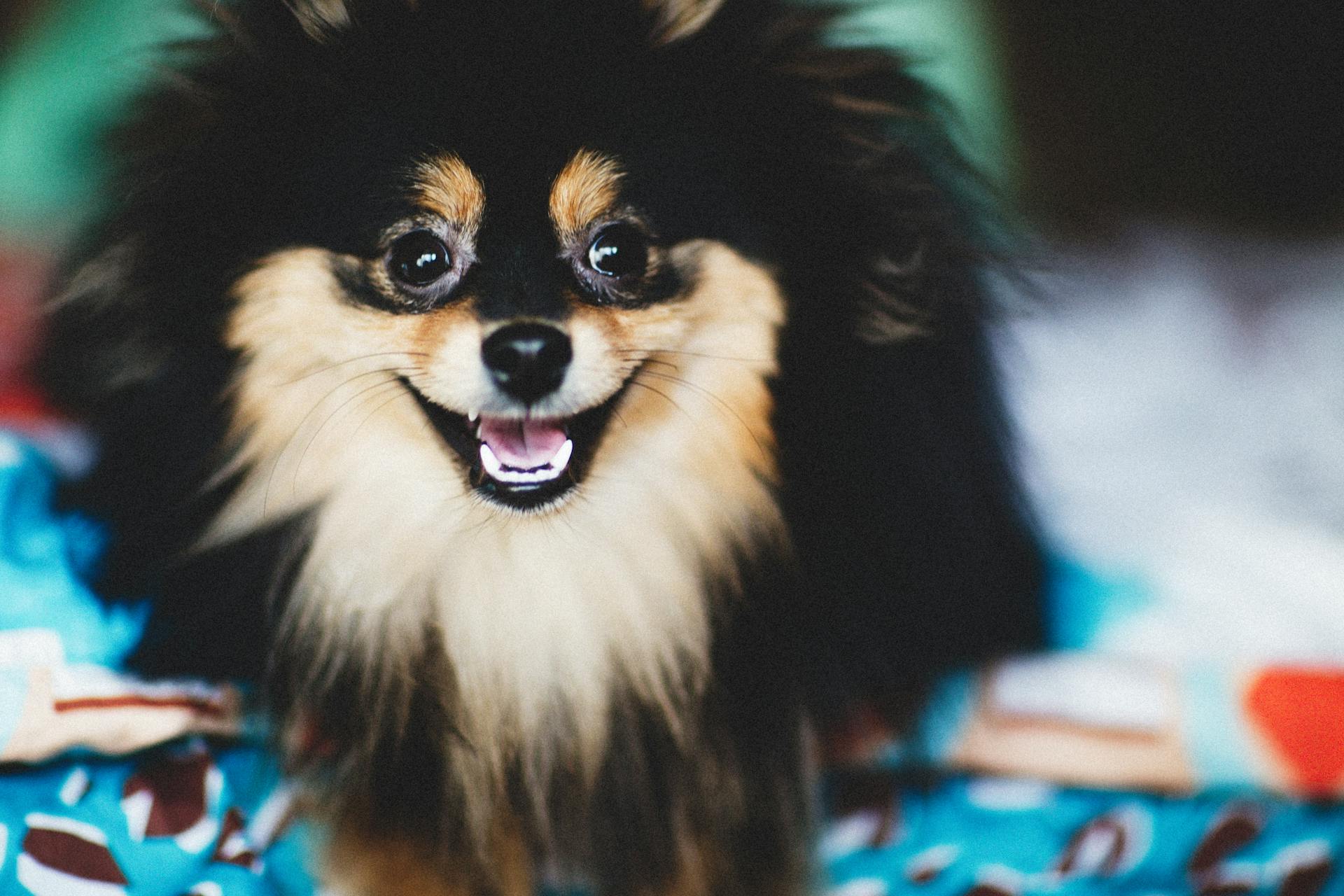
Fresh water should always be accessible for your Plott Hound.
A high-quality diet with balanced nutrition is essential for your dog's overall health.
Feed your Plott Hound two measured meals per day to ensure they're getting the proper amount.
You should discuss the quantity and type of food with your vet to meet your dog's individual needs.
Diets can vary based on age, activity level, and other factors.
A high-quality dog food suited to your Plott Hound's age, activity level, and size is crucial.
Monitor the amount of food and treats you give your Plott Hound to avoid overfeeding, especially as they age.
Your veterinarian is a great resource for providing you with appropriate nutrition and feeding guidelines.
Plott Hounds need high-quality nutrition to maintain their stocky but lithe physique.
Start with a top-notch dry food with protein content between 18% to 22% for an adult Plott Hound.
Puppies need 25% to 30% protein to fuel their growing bodies.
Fruits should be served sparingly because most are high in sugars.
Grooming and Appearance
The Plott Hound's short coat is relatively easy to maintain, staying clean with just basic grooming.
Brush your black Plott Hound puppy weekly with a soft-bristle brush or grooming mitt to remove loose fur and distribute skin oils.
Shedding can increase seasonally, so be prepared to brush more frequently in the spring and fall.
Bathe your Plott Hound puppy every month or so, depending on how dirty they get, but check their ears at least weekly for wax and debris buildup.
Dry their ears well whenever they get wet to prevent infections.
Check your puppy's nails roughly once a month to see if they're due for a trim.
Brush their teeth every day with a canine toothpaste to maintain good dental hygiene.
Regular ear cleaning with a dog-specific ear cleaning solution is essential to prevent infections in their pendant ears.
A good vacuum with a HEPA-rated filter can help capture allergens if you suffer from allergies.
Don't over-wash your Plott Hound puppy, as too much soap can strip their natural skin oils and dull their fur.
A fresh viewpoint: Boston Terrier with Uncropped Ears
Training and Behavior
Training a black Plott hound puppy requires patience and consistency, as they can be stubborn and independently minded.
Positive reinforcement training methods, such as treats and praise, are effective in shaping their behavior. This approach helps to curb wariness of strangers and encourages good habits.
Early socialization is crucial for Plott hounds, as it helps to diminish fear and teaches them to interact safely with other people and animals. Exposing your puppy to various locations, people, and other dogs from a young age is essential.
Firm, patient training with clear boundaries and a no-nonsense attitude is best for this breed, rather than a more easygoing and permissive style. Ignoring bad behavior and rewarding good behavior helps to solidify positive associations and prevent unwanted habits.
Avoid scolding your Plott hound, as they are sensitive to harsh words and punishments, which can be counter-productive to training. Instead, focus on building a strong bond with your puppy through positive reinforcement and consistent guidance.
Temperament
The Plott Hound's temperament is a unique blend of courage, loyalty, and friendliness. They're naturally wary of strangers and can be vocal, making them excellent watchdogs.
Plott Hounds are born bear hunters, which means they're not afraid of any man or creature. This confidence can sometimes make them a bit standoffish, but they're always on the polite side.
To ensure a well-rounded Plott Hound, early socialization is crucial. This means exposing them to many different people, sights, sounds, and experiences when they're young. Enrolling them in a puppy kindergarten class is a great start, but regular visits from friends and family, and trips to busy parks and stores, will also help them polish their social skills.
Plott Hounds have a stubborn and independent streak that can make training difficult. They're eager to please, but they need firm, consistent guidance to learn and grow. Meeting the parents, especially the mother, can give you an idea of the puppy's temperament and help you choose the right one.
As a pack dog, the Plott Hound is happy to be among their own kind and gets along well with other dogs. However, they may need some training to get used to a cat, especially if they're not introduced to a cat at a young age.
Training
Training a Plott Hound requires patience and consistency. Positive reinforcement training methods, such as treats and praise, work best for this breed.
To begin training, start with early socialization and expose your dog to different people, other dogs, and various locations from a young age. This helps curb wariness of strangers and builds confidence.
Use firm, patient training with clear boundaries and a no-nonsense attitude to establish an easily understood groundwork for your Plott Hound. Avoid scolding your dog, as they are sensitive to harsh words and punishments.
You can start with simple commands like calling your dog by their name and rewarding them with praise, belly scratches, and treats when they respond. Over time, you can reduce the treats and focus on ignoring bad behavior.
Socialization is crucial for Plott Hounds, and it's essential to prioritize positive reinforcement and remove your dog from triggering situations. This breed is inclined to be suspicious, so it may take some work.
For another approach, see: Breeds of Dogs That Start with H
Puppies with nice temperaments are curious and playful, willing to approach people and be held by them. Choose the middle-of-the-road puppy and meet at least one of the parents to ensure they have a nice temperament.
Early training is essential to prevent bad habits from forming, such as becoming aggressive over food or toys, or being standoffish and wary of strangers.
Finding and Owning
Finding the right breeder is crucial when searching for a black Plott Hound puppy. Look for a breeder who welcomes visitors to their facility, as reputable breeders have nothing to hide.
Ask the breeder about the health of their dogs and be wary of any who seem evasive or dishonest. A good breeder will have their dogs screened for health problems and be upfront about any potential issues.
Meet the parents of the puppy to get an idea of what your new pet will look and act like when they're older. If the parents aren't present, ask for pictures to get a sense of their temperament and appearance.
Here's an interesting read: English Staffy Breeders
History
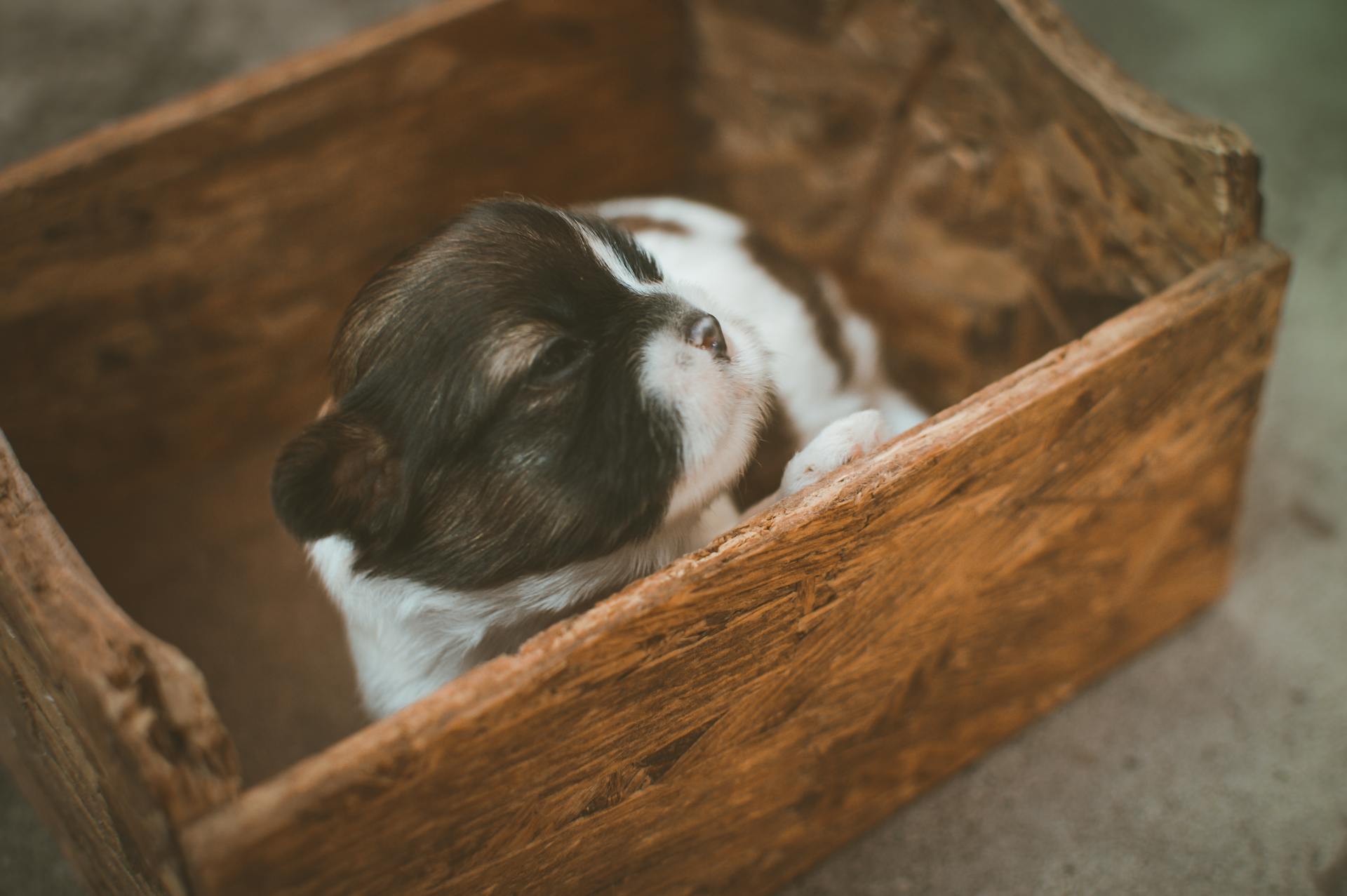
The Plott Hound is a unique breed with a rich history that dates back to the 1750s. Johannes Plott, a German immigrant, brought five Hanover hounds to North Carolina and used them to hunt big game like wild boar and bears.
These dogs were bred with local hunting dogs, creating the distinct Plott Hound breed we know today. The breed's German lineage is a key part of its identity.
The Plott Hound was used for hunting in the mountains of North Carolina, where it became famous for its courageous nature and impressive hunting abilities. The breed's ability to track and tree its prey was unmatched.
As of 1989, the Plott Hound is the official state dog of North Carolina. The breed was officially recognized by the American Kennel Club in 2006.
The Plott Hound's history is a testament to the breed's adaptability and resilience. Despite being bred in a new environment, the Plott Hound thrived and became a beloved part of North Carolina's hunting culture.
A fresh viewpoint: Feral Carolina Dog
Breed Group
If you're considering getting a dog, understanding its breed group can be a great starting point. Breed groups are categories that classify dogs based on their characteristics, ancestry, and original purpose.
Some breeds, like the Plott Hound, have a specific breed group, which can help you determine what to expect from your dog's behavior, size, and energy level.
Wisdom Panel's DNA tests can help you discover your dog's breed group, providing valuable insights into its ancestry and characteristics.
See what others are reading: Boston Terrier Group
Finding an Ethical Breeder
First and foremost, you should visit the breeder in person. Puppy mills often prefer to meet in public, but a good breeder will welcome you to their facilities.
When searching for a reputable breeder, ask about the health of their dogs. A responsible breeder will have their dogs screened for potential health problems and be honest about any issues that may arise later in life.
Meeting the parents of your puppy is also crucial. If they're on-site, you should get to know them to get an idea of what your puppy will look and act like when they're older. If either parent isn't present, ask for pictures.
If you're unsure about a breeder, trust your instincts and avoid them. A reputable breeder will prioritize the health and well-being of their dogs.
Curious to learn more? Check out: When Can I Breed My Female Dog
Owning Essentials
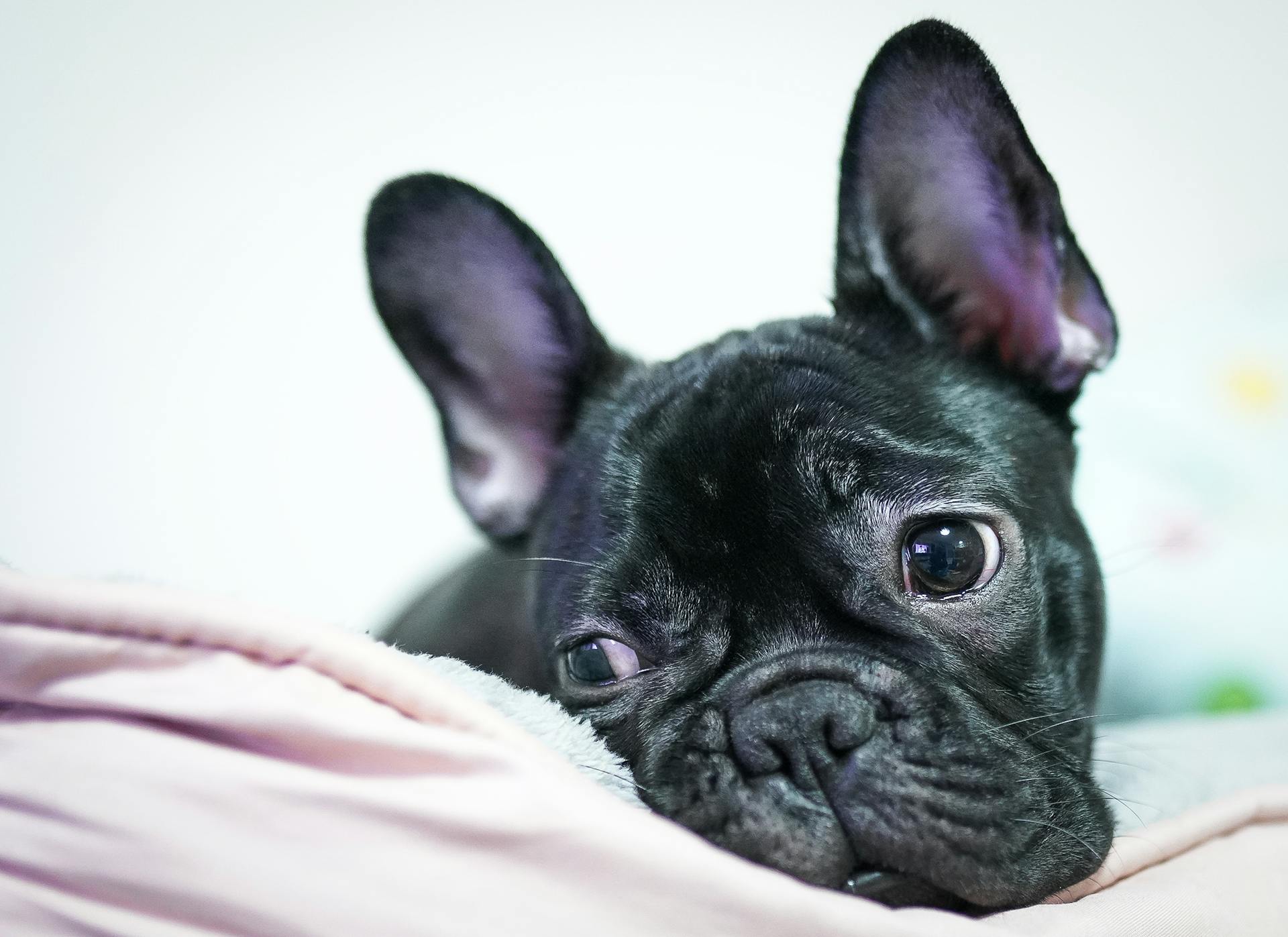
Having the right mindset is crucial to owning what you want, as seen in the section on "Setting Goals". It's essential to be clear about what you want to achieve.
You need to identify what you can afford to spend, which is discussed in the "Budgeting" section. Knowing your budget will help you make informed decisions.
Being prepared to take calculated risks is also important, as mentioned in the "Risk Management" section. This includes understanding the potential consequences of your actions.
Owning what you want often requires patience and persistence, as shown in the "Overcoming Obstacles" section. It's not always easy, but it's worth it in the end.
Having a solid understanding of the process involved in owning what you want is vital, as explained in the "Understanding the Process" section. This will help you stay on track and avoid costly mistakes.
Being mindful of your emotions and staying focused on your goals is essential, as discussed in the "Emotional Intelligence" section. This will help you make better decisions and stay motivated.
Finding and Owning
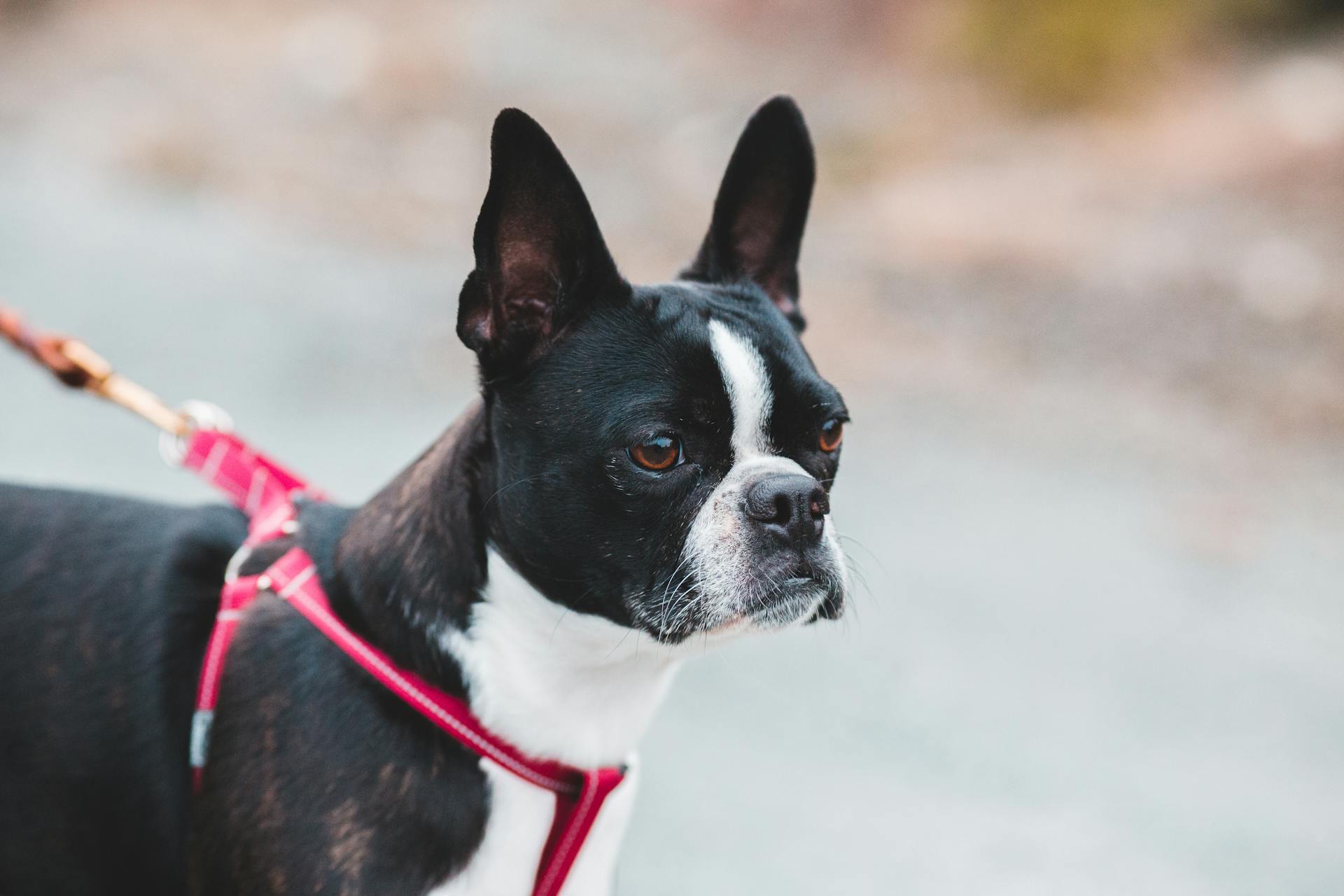
If you're considering bringing a Plott Hound into your family, it's essential to have an active lifestyle. They thrive in homes with older kids, runners, outdoor enthusiasts, hunters, and active singles.
Plott Hounds are not suited for homes with cats or other prey animals due to their strong prey drive. They may tree cats they find outside, so it's best to keep them separate.
To ensure a harmonious household, it's crucial to introduce your Plott Hound to other pets at a young age. They usually do best with other dogs, but early socialization can help them get along with cats.
When choosing a Plott Hound, consider their exercise needs. They require regular physical activity to stay happy and healthy.
Plott Hounds can be possessive of their food bowls, so it's essential to teach children how to approach and touch dogs gently and respectfully. Supervise any interactions between dogs and young children to prevent biting or ear or tail pulling.
If you're an active family with older kids, a Plott Hound can be a wonderful addition. They're confident, alert, friendly, affectionate, and loyal companions.
Readers also liked: American Bully Family Dog
Frequently Asked Questions
Is a Plott Hound rare?
Yes, Plott Hounds are exceptionally rare, with a limited presence as pets and a strong presence in the Carolinas as highly valued hunting dogs.
How much is a Plott Hound?
The average purchase price of a Plott Hound is $500-$700. However, the total cost of owning a Plott Hound can be higher due to potential health issues.
Do Plott hounds like to cuddle?
Plott Hounds are affectionate dogs that love to cuddle with their owners. They make loyal companions who enjoy physical affection.
Featured Images: pexels.com


